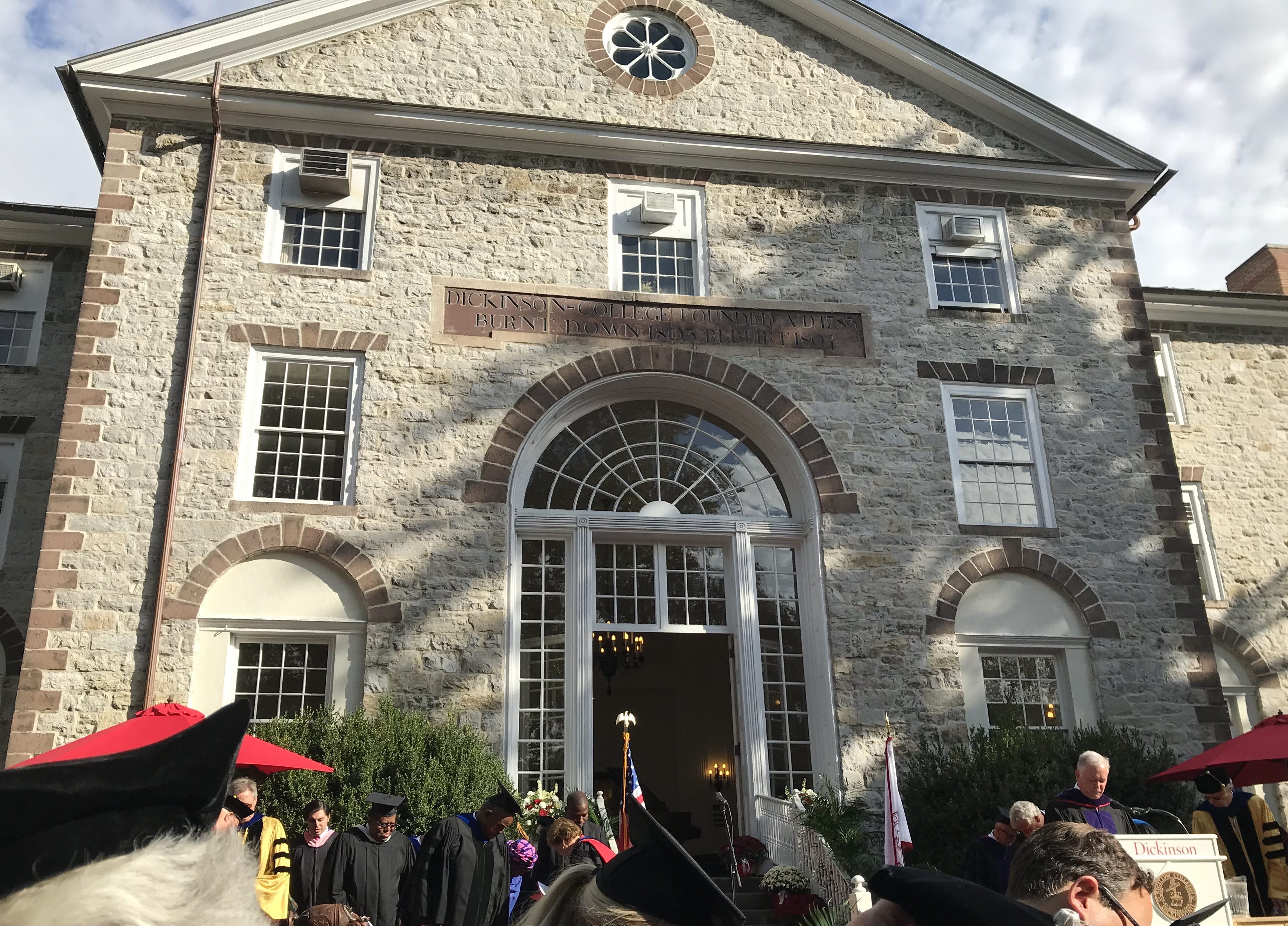by Robert J. Massa
Five years before I would join the Lafayette College staff, my son Dan chose Lafayette over a larger university. It changed his life.
As a high school student, my son was arguably bright but more interested in “hanging out” than studying. At a college of 2400 students where professors work only with undergraduates, he was transformed, first by his advisor, and then by two research professors in their laboratories. These great professor-mentors took my son and developed a curiosity in him to solve problems, to work with others in cross-disciplinary teams and to write his observations in a publishable format. He not only landed a job immediately after graduation, but he embarked on a career and a way of living that was worth every penny I paid, and then some! Add to that his experience in choral and a capella music, his experience on the men’s volleyball club team, and his work for the admissions office and it is easy to see why the value of a Lafayette education is real to me.
But don’t take my word for it. PayScale, the Seattle-based compensation data company, placed my son’s small college fifth in the nation among liberal arts colleges for starting salaries. Using PayScale data, Bloomberg Business Week placed it17th among 1,248 colleges and universities nationally, and 2nd among liberal arts colleges, in net 30-year return on investment. This is a powerful endorsement for a small college that offers a personalized, “hand-tooled” education that crosses disciplinary boundaries. It pays handsome dividends, not only in the salaries graduates earn, but in the quality of life they enjoy.
Most of my career was devoted to college admissions and financial aid. Although I understood price concerns, it always frustrated me when parents and prospective students tried to “bargain” for a better financial deal: “X College gave me this much; what are you going to do?” I began to wonder, particularly in the later years, if anyone really cares about value.
Price, of course, is only one component of value, but other factors include program strength, faculty commitment, alumni accomplishments, mentoring, facilities, campus life opportunities and peers. Education is an investment in one’s future – long term gains outpace short term “losses,” i.e. a higher annual price tag for college. This may be lost on a generation of students and parents understandably concerned about the up-front financial outlay. What does this suggest for the future?
Small colleges must collaborate with other colleges, universities and the private sector to increase value and control costs. We must explore the possibilities of using technology in collaboration with others to deliver some content in cost-effective ways without compromising our mission and purpose. But at the end of the day, parents will be willing to pay, according to their ability, only for what they perceive will be added value over a less expensive alternative for their children’s future.
My job is to convey value through stories about people and their successes while at college and after graduation. We must always be concerned, however, about cost and the impact it has on the price we must charge and on our ability to provide access to excellence. There are challenging times ahead. Colleges that position themselves well will meet those challenges with considerable success.
Robert J. Massa is vice president for communications at Lafayette College inEaston, PA.
